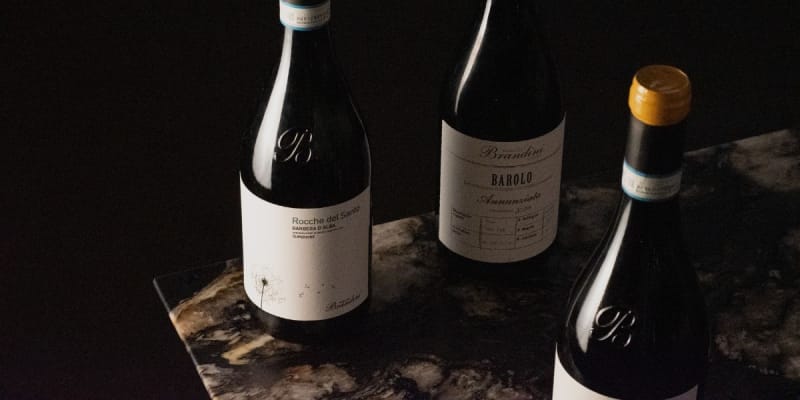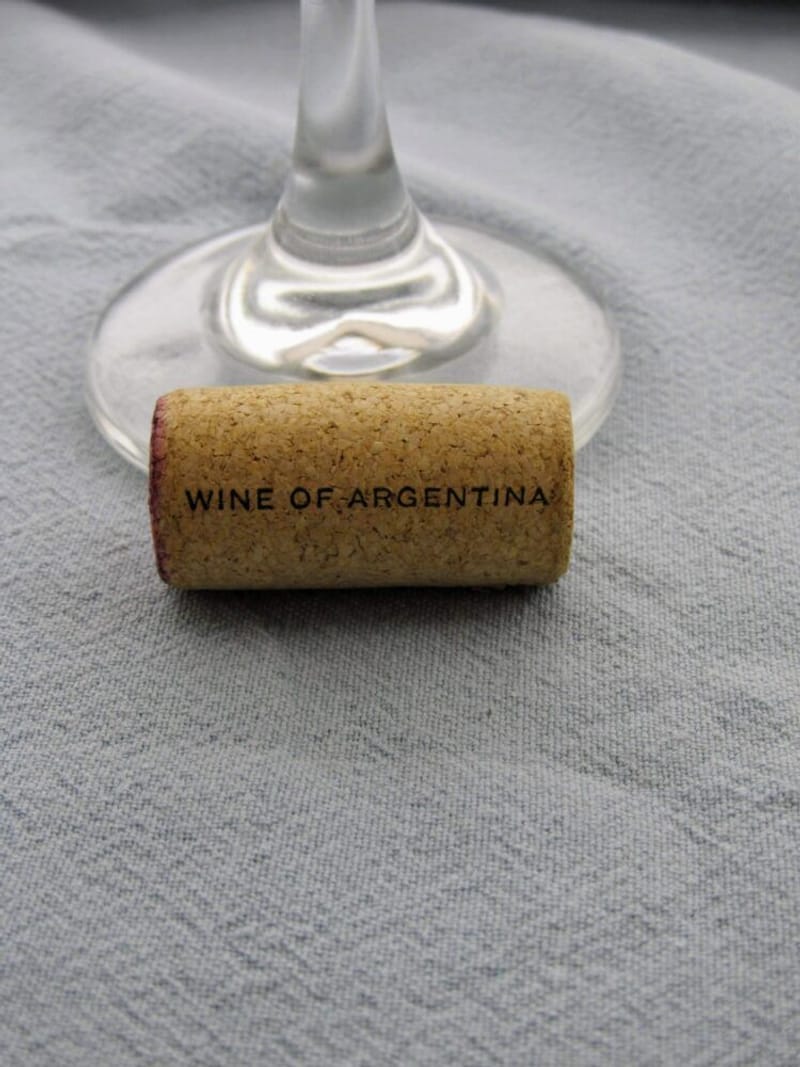International Rosé Day: Celebrating the Pink Drink
Rosé wine has been around for centuries, but it wasn't until recently that it gained popularity and became a staple in the wine industry. This rose-hued tipple is now celebrated worldwide on the second Saturday of June as International Rosé Day. It's a day to raise a glass and celebrate the beauty and versatility of this refreshing wine. Whether you're a wine enthusiast or a casual drinker, there's a rosé wine for everyone.
History of Rosé Wine
Rosé wine has been around for thousands of years. It was produced by the ancient Greeks and Romans, and it was also popular in France during the Middle Ages. However, it wasn't until the 20th century that rosé wine became popular.
The most famous region for rosé wine is Provence, France. This region produces some of the best rosé wines in the world, and it's known for its light, refreshing, and fruity wines. Other areas that make great rosé wines include Tavel in the Rhône Valley, Spain's Rioja region, and Italy's Tuscany region. In the 1970s, the production of rosé wine increased in California, and it became a popular drink in the United States. Today, rosé wine is enjoyed worldwide, and it's a great way to celebrate the Summer season.
How is Rosé made?
Rosé wine can be made in a variety of styles, from dry to sweet, still to sparkling and everything in between! Rosé wine is made from red grapes, but the skins are removed after a short period of time, resulting in a pink hue. Depending on the grape variety and winemaking techniques, the colour can range from pale pink to deep salmon.
Rosé wine is made in a variety of ways, with the three most common methods being saignée, maceration, and vin gris…
Saignée
Saignée is a French term that means "to bleed." In this method, red grapes are crushed and allowed to ferment with their skins for a short time, typically just a few hours. After extracting the desired amount of colour, the juice is drained off the skins and fermented separately. This results in a light-bodied rosé with a delicate flavour.
Maceration
Maceration is a long process that involves allowing the grape juice to macerate, or soak, with the grape skins for an extended period of time, typically 12-24 hours. This results in a rosé with more colour and flavour, often with hints of red fruit and spice.
Vin Gris
Vin Gris is a type of rosé that is made from white grapes that have been allowed to ferment partially with their skins. This results in a rosé with a deeper colour and more body than a wine made from white grapes that have been pressed immediately after crushing.
In addition to these three methods, rosé can also be made by blending red and white wines. This method is often used to create rosés with a specific flavour profile, such as a sweeter rosé made by blending white wine with a small amount of red wine.
Popularity
One of the reasons for the rise in popularity of rosé wine is its versatility. It's available in a variety of styles, from light and fruity to full-bodied and complex. Rosé wine is refreshing, light, and easy to drink, making it a perfect choice for any occasion. It pairs well with a wide range of foods, from light salads to grilled meats and seafood. The acidity in rosé wine helps to cut through the richness of fatty foods, while the fruit aromas complement the flavours of the dish. It's also a great wine to enjoy on its own!
International Rosé Day
International Rosé Day is a great opportunity to try different styles of rosé wine from around the world. If you're looking for a refreshing cocktail, try a rosé spritzer. Mix equal parts rosé wine and sparkling water and add a splash of your favourite fruit juice. Garnish with fresh fruit and enjoy!
Rosé wine is also a great choice for entertaining. It's a crowd-pleaser that both wine enthusiasts and casual drinkers can enjoy. Serve it chilled in a large pitcher or decanter, and let your guests help themselves. You can also create a DIY rosé bar, where guests can mix and match different fruits and juices to create their own unique cocktail.
Recently, there has been a rise in the popularity of canned rosé wine. These convenient and portable cans are perfect for picnics, beach days, and outdoor concerts. They're also a great option for those who want to enjoy a glass of wine without opening a full bottle.
Why not celebrate the beauty and versatility of rosé wine this International Rosé Day!? This refreshing pink drink is perfect for any occasion, from a summer picnic to a fancy dinner party. With its wide range of styles and food pairings, there's a rosé wine out there for everyone. So, grab a bottle (or a can) of your favourite rosé wine, and cheers to International Rosé Day!
Rosé is not a specific type of grape. While it's produced similarly to other red wines, the time it ferments with grape skins is cut shorter. This reduced skin contact is what gives rosé its signature pink colour.
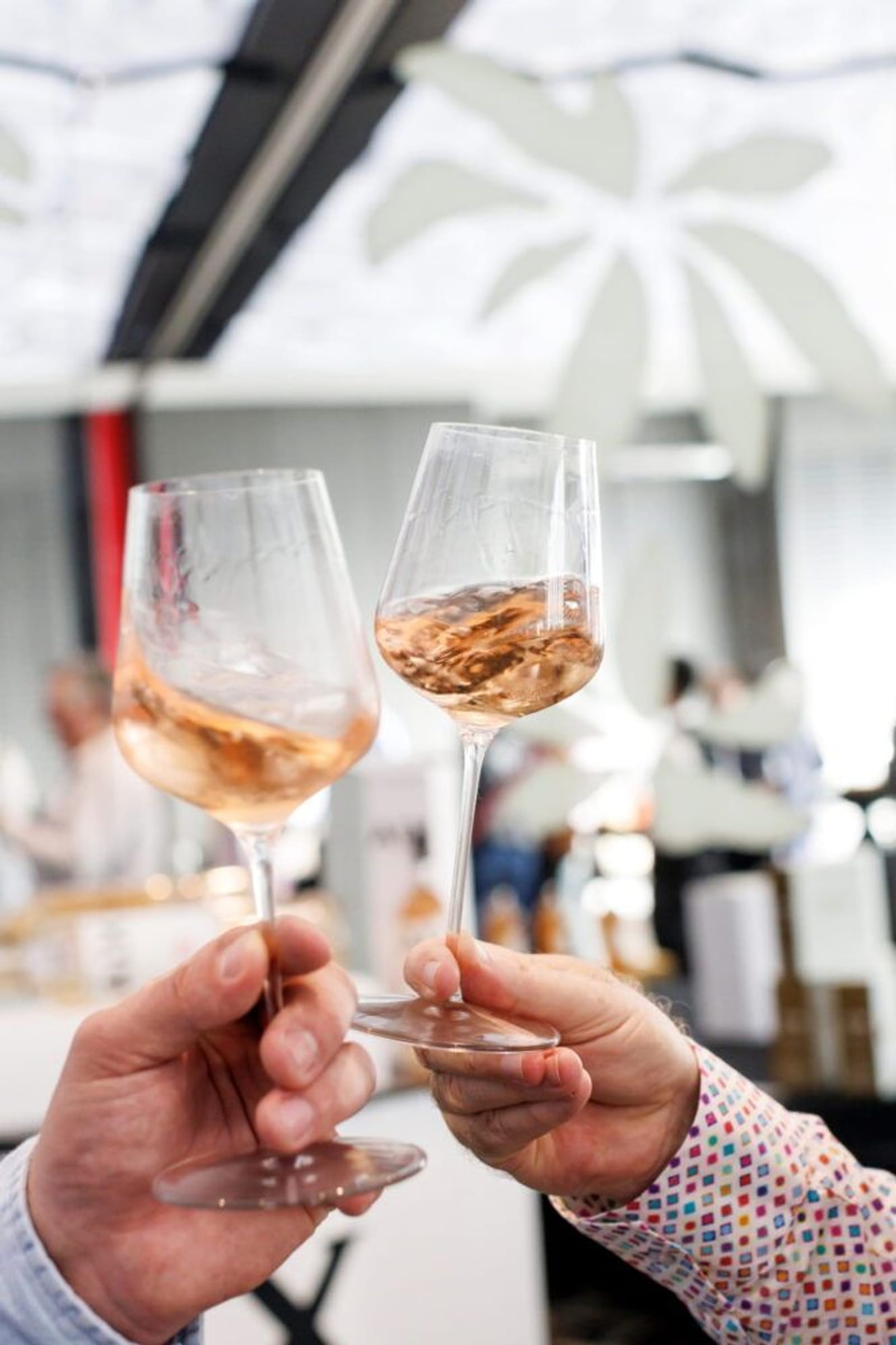
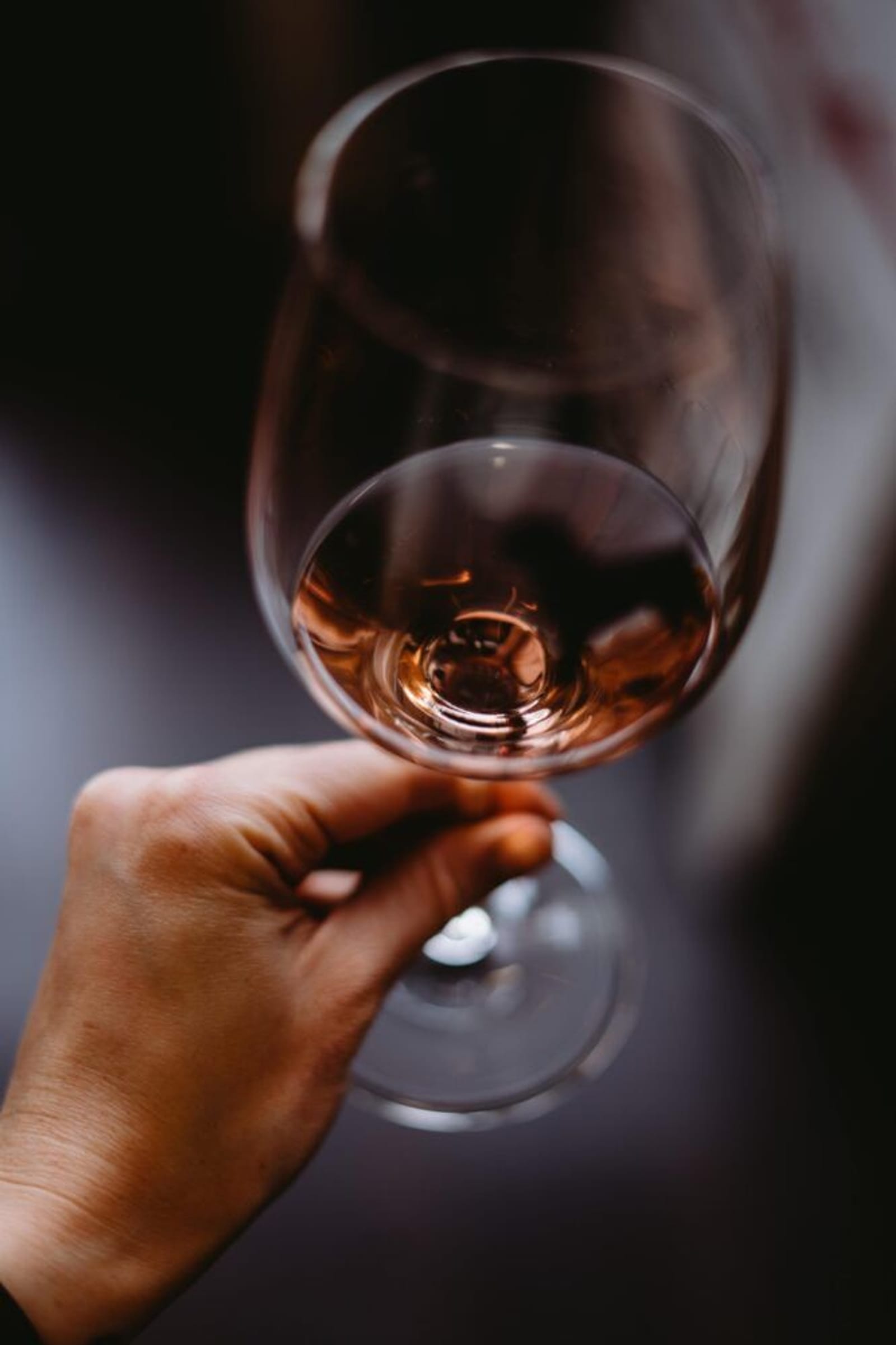
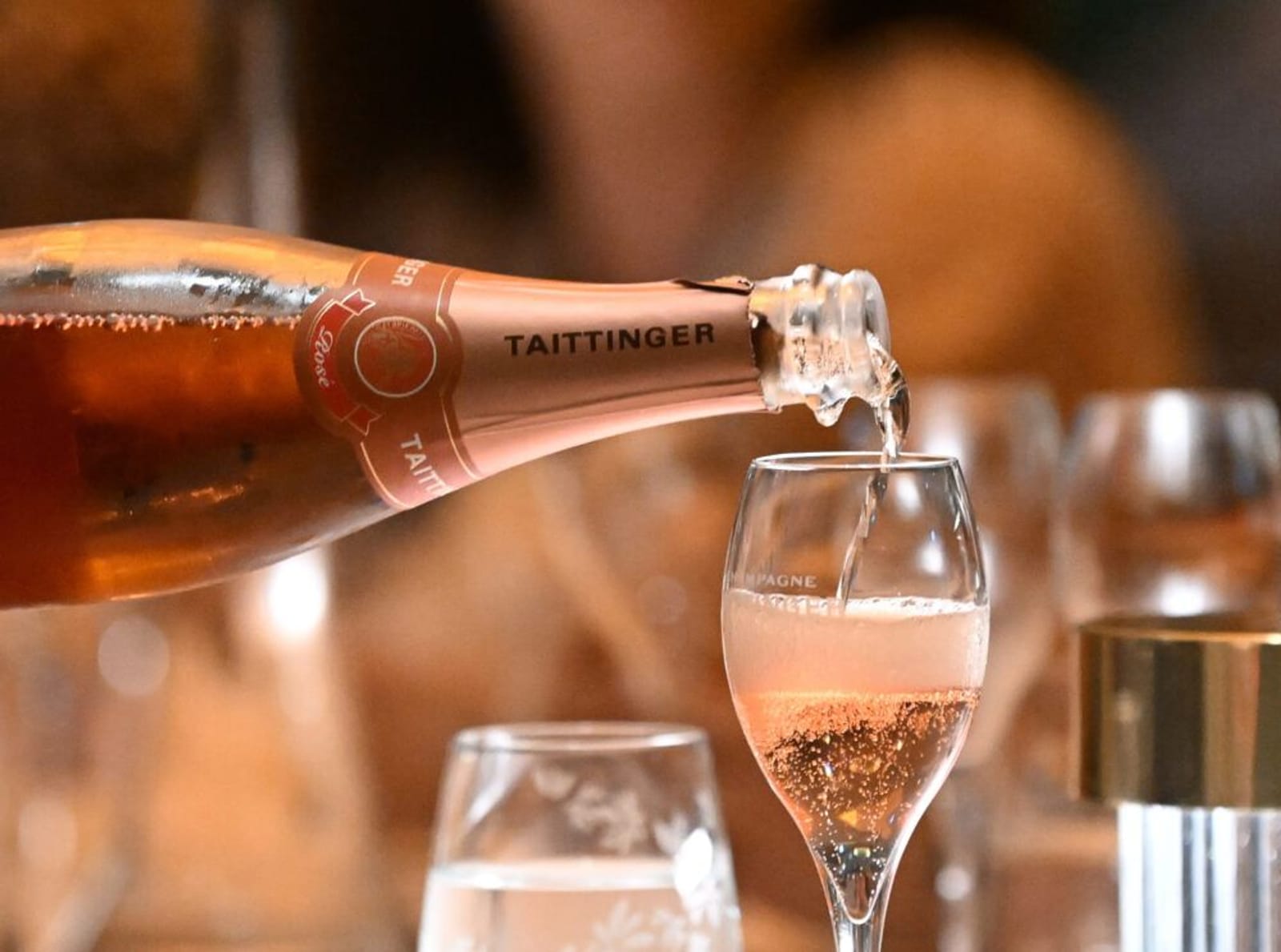

 Log in / Sign up
Log in / Sign up 


